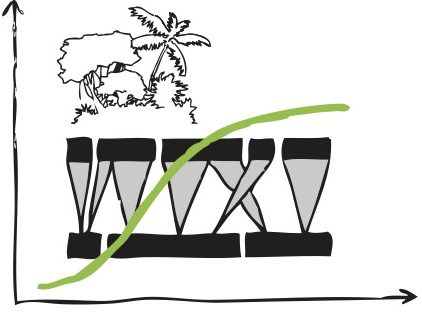Interactions between saproxylic insects and consequences for dead wood decomposition
PIs: Heike Feldhaar (U Bayreuth), Jörg Müller (U Würzburg), David Donoso (Esc. Politécnica Nacional)
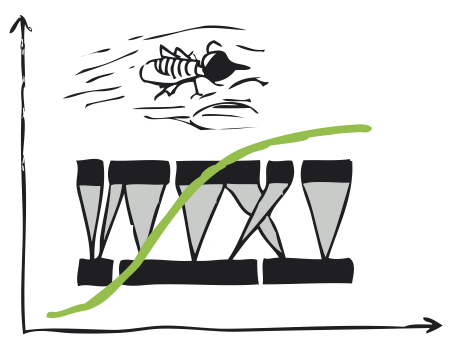
Dead wood decomposition plays an important role in nutrient cycling. In the tropics, insects contribute greatly to dead wood decomposition. Here predominantly termites, beetles and ants together with fungi drive the decay process in complex interactions. Since the degradation of tropical forests affects the diversity and abundance of these decomposing organisms, the decomposition process should be affected as well.
We will study community reassembly within dead wood in dependence of wood traits along the forest recovery gradient. We will focus on potential interactions (priortiy effects and potential competitive exclusion) among the different groups of decomposers in shaping the communities using co-occurrence and network analyses. We will conduct an insect exclusion experiment to disentangle the contribution of the different insect groups to the wood decomposition process.
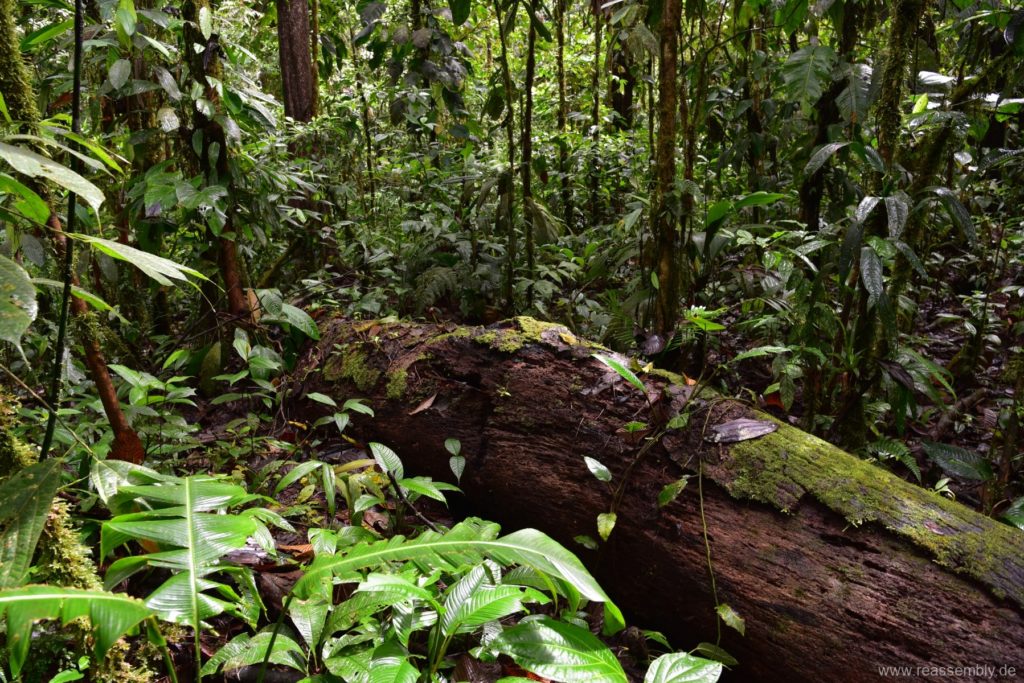
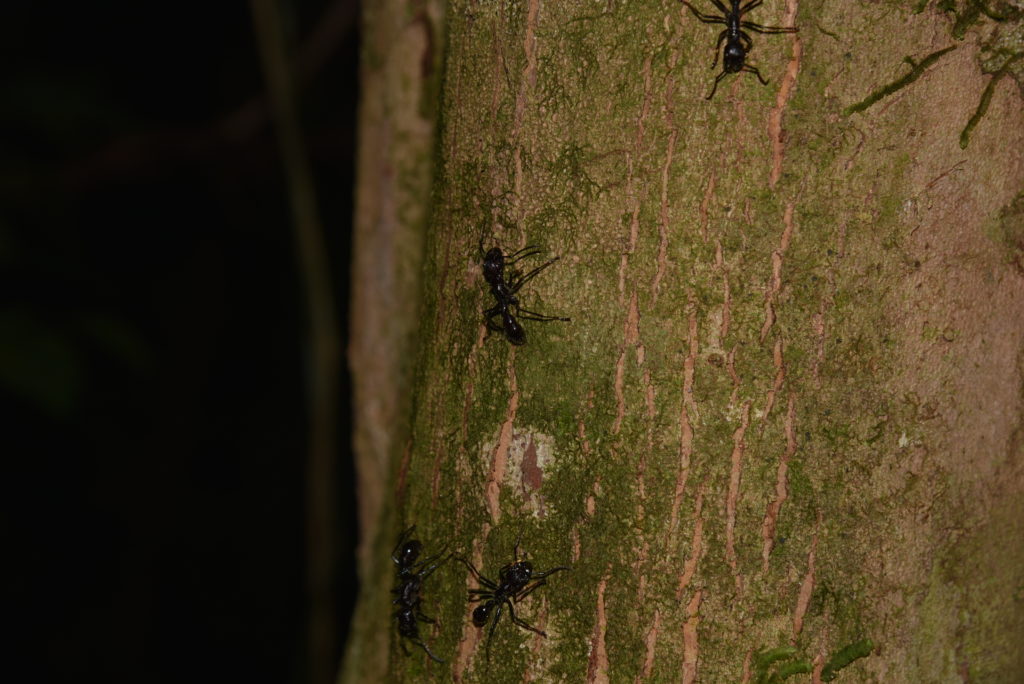
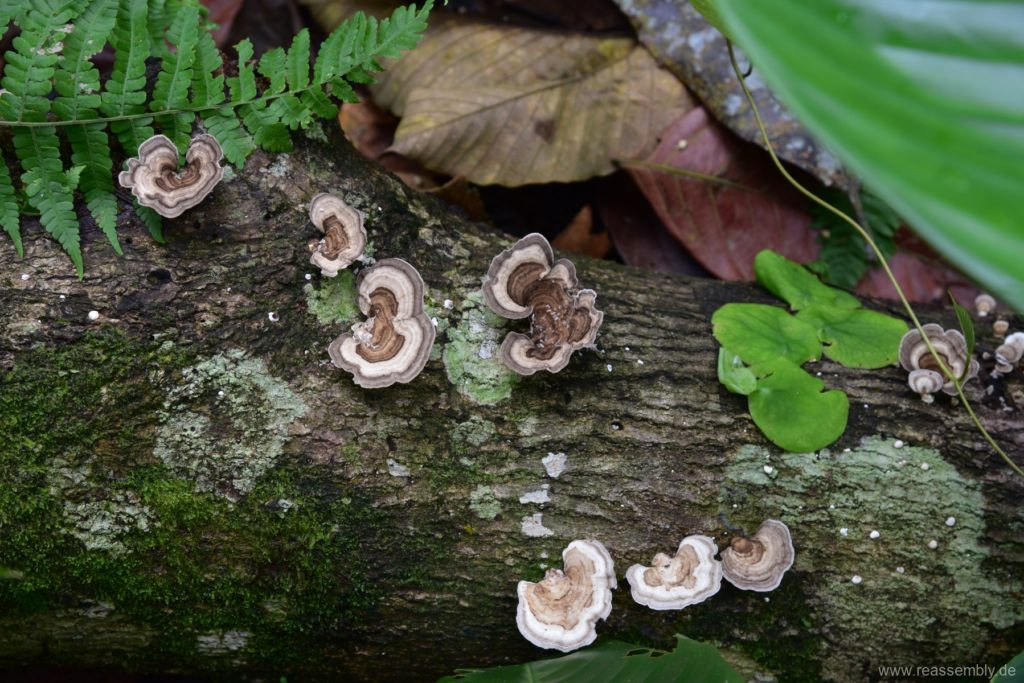
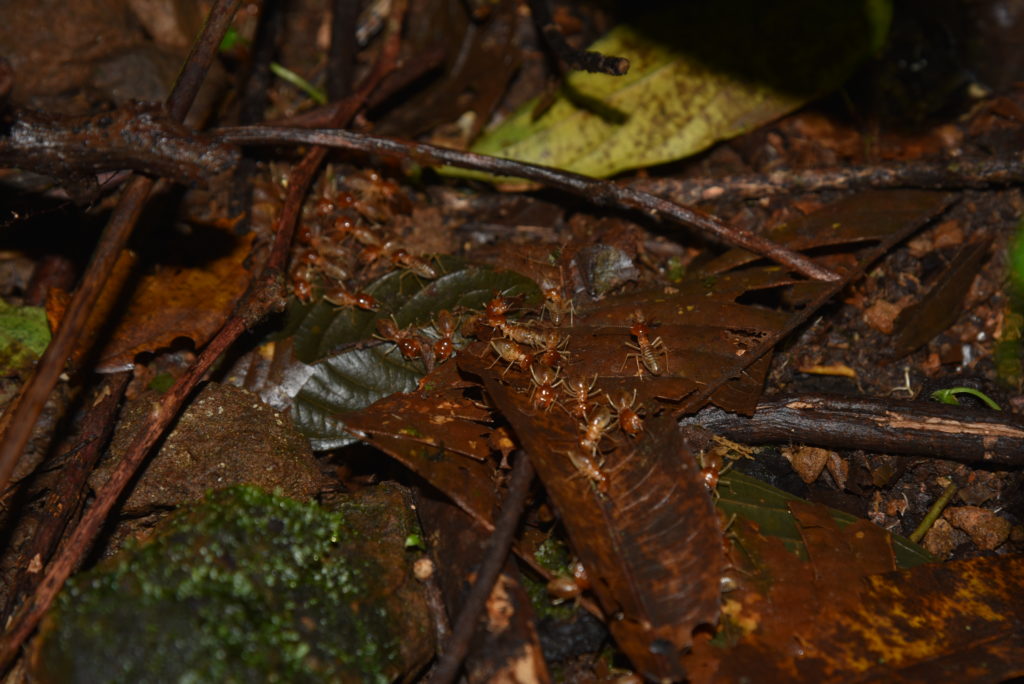
Selected references:
- Brinker P, Weig A, Rambold G, Feldhaar H, Tragust S (2019) Microbial community composition of nest-carton and adjoining soil of the ant Lasius fuliginosus and the role of host secretions in structuring microbial communities. Fungal Ecol 38, 44-53
- Donoso DA (2017) Tropical ant communities are in long-term equilibrium. Ecol Indic 83: 515-523
- Donoso DA, Johnston MK, Clay NA, Kaspari ME (2013) Trees as templates for trophic structure of tropical litter arthropod fauna. Soil Biol Biochem 61: 45-51
- Grevé ME, Hager J, Weisser WW, Schall P, Gossner MM, Feldhaar H (2018) Effect of forest management on temperate ant communities. Ecosphere 9, e02303
- Müller J, Ulyshen M, Seibold S, Cadotte M, Chao A, Bässler C, Vogel S, Hagge J, Weiß I, Baldrian P, Tláskal V, Thorn S (2020) Primary determinants of communities in deadwood vary among taxa but are regionally consistent. Oikos early view. https://doi.org/10.1111/oik.07335
- Schauer B, Steinbauer MJ, Vailshery LS, Müller J, Feldhaar H, Obermaier E (2018) Influence of tree hollow characteristics on saproxylic beetle diversity in a managed forest. Biodivers Conserv 27: 853-869
- Seibold S, Bässler C, Brandl R, Büche B, Szallies A, Thorn S, Ulyshen M, Müller J (2016) Microclimate and habitat heterogeneity as the major drivers of beetle diversity in dead wood. J Appl Ecol 53:934–943
- Seibold S, Bässler C, Brandl R, Fahrig L, Förster B, Heurich M, Hothorn T, Scheipl F, Thorn S, Müller J (2017) An experimental test of the habitat-amount hypothesis for saproxylic beetles in a forested region. Ecology 98:1613–1622
- Seibold S, Müller J, Franz K, Baldrian P, Cadotte MW, Brandl R, Biedermann P, Bässler C (2019) Fungi associated with beetles dispersing from dead wood – Let’s take the beetle bus! Fungal Ecol 39:100-108
- Seibold S, Brandl R, Buse J, Hothorn T, Schmidl J, Thorn S, Müller J (2015b) Association of the extinction risk of saproxylic beetles and the ecological degradation of forests in Europe. Conserv Biol 29:382-390
